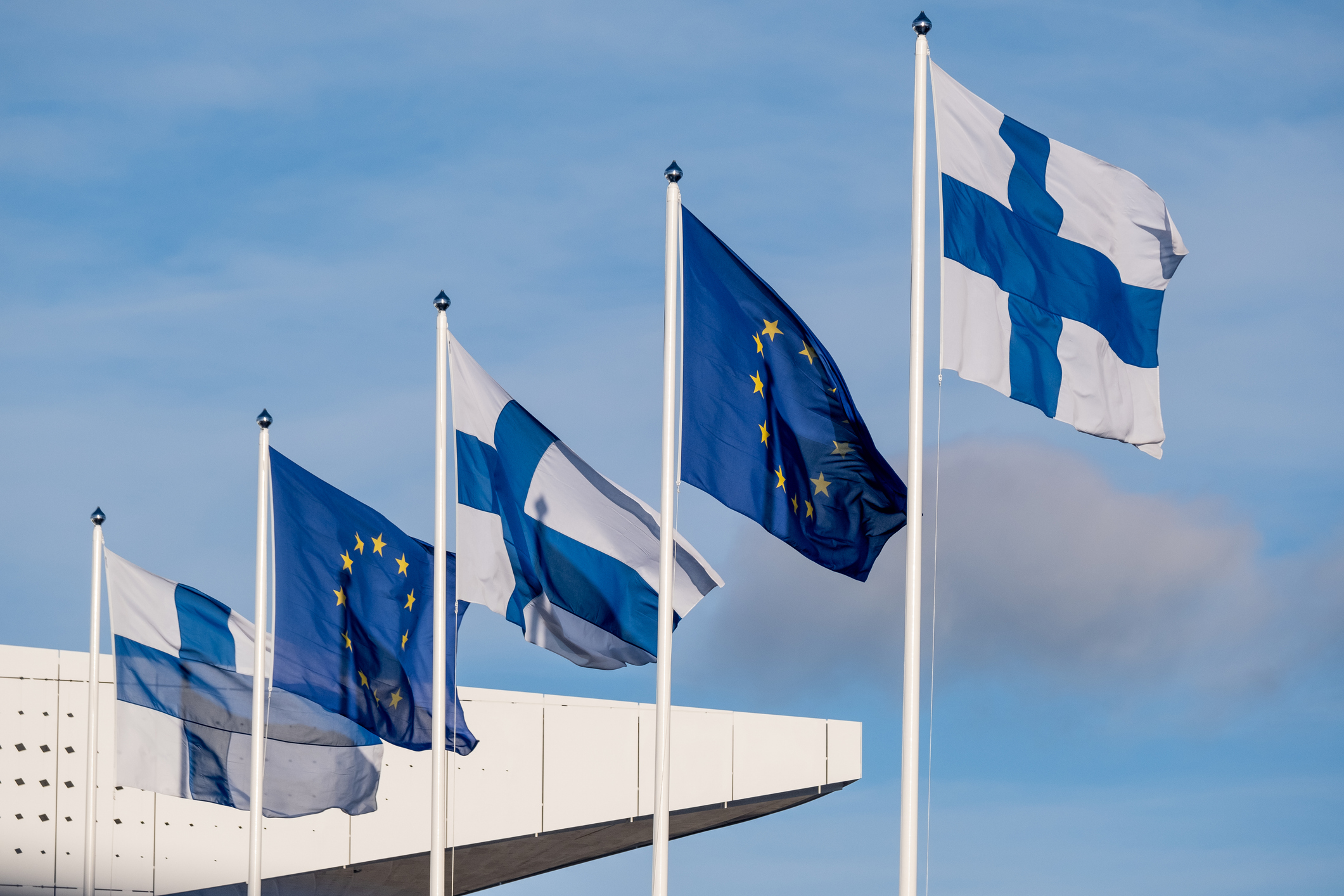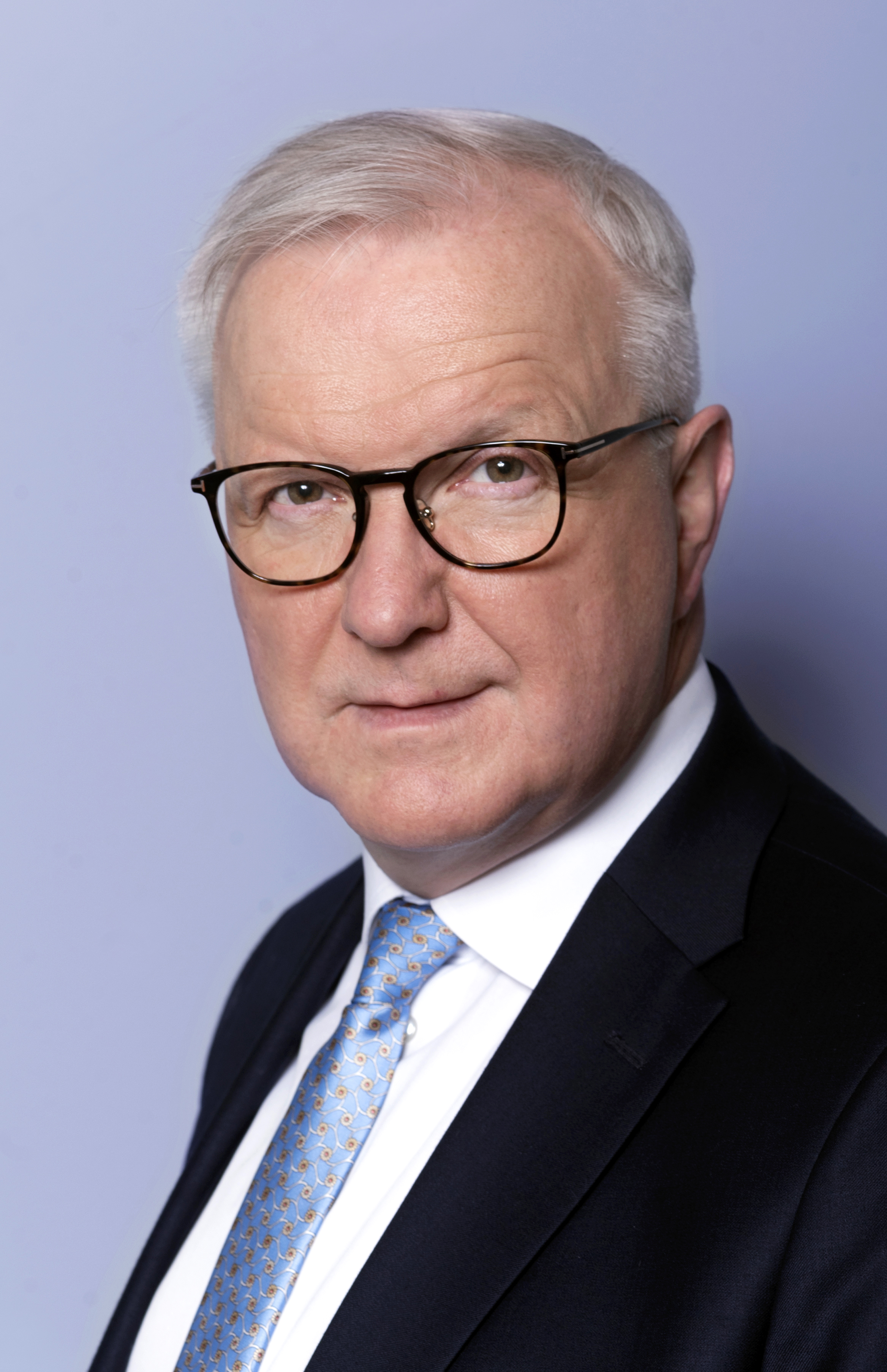
Finland has gained three decades of security, stability, and prosperity
BlogFinland is celebrating 30 years of EU membership this year.
For many Finns, the shared history of Finland and European integration seems to begin with Finland’s 1992 membership application. Earlier developments are often seen as “someone else’s history”, as integration history scholars from Turku, Louis Clerc and Kimmo Elo, have described in their Finnish book “Aatteesta instituutioksi”.
Finland jumped on a moving train that had left the station 50 years earlier.
France and Germany had found common ground, first in the European Coal and Steel Community in 1951 and then in the European Economic Community (EEC) established in 1957. Six core countries were involved. Similarly, the UK, Sweden, and other peripheral countries formed the European Free Trade Association EFTA, a traditional free trade area without supranational institutions.
From Finland’s perspective, the developments moved slowly in a better direction. During President Kekkonen’s era, Finland westernized, even though the Soviet Union tried to maintain its grip and Finlandization stifled the political atmosphere. Finland negotiated associate membership in EFTA 1961 and a free trade agreement with the EEC in 1974. Meanwhile, cooperation deepened, and the EEC expanded from six to nine and later twelve member states.
Under Jacques Delors, President of the European Commission, the EU undertook a major internal market program. The Community became a Union, and the EEC became the EU. Even an agreement was reached on an Economic and Monetary Union and a common currency. In the aftermath of the Cold War, France accepted German reunification, and Germany relinquished the Bundesbank’s dominant role in monetary policy. This led to the creation of the Euro and the European Central Bank.
All of this was part of the moving train that Finland jumped on in 1992 when it applied for membership. It was understood that Finland and other candidate countries had to accept all EU laws up to that point, known as the “acquis communautaire”. Of course, tough negotiations took place, particularly regarding agricultural policy but not in security policy.
Getting to know the Finnish Trade Union’s EU Office during my MEP years
When Finland’s EU membership was confirmed in autumn 1994, the Finnish Parliament appointed 16 representatives who began working in Brussels and Strasbourg on 1 January 1995. I already felt quite experienced in European affairs—though still relatively young—when I had the honor of boarding the train and shifting from being a Member of the Finnish Parliament to an MEP. During the early years of Finland’s EU membership, I participated in European legislative and parliamentary work, which differed in many ways from my previous role as a national MP.
As a new MEP, I was in close contact with many Finnish stakeholder organizations that had become represented in Brussels due to EU membership. One of them was the European cooperation of Finnish trade union confederations, KEY Finland, led by Heikki Pohja. I highly value the expertise and enthusiasm Heikki and other early EU representatives, both from the trade unions and employer organizations, brought to Finnish and European discussions about the opportunities and challenges of integration.
The Finnish trade union representation to the EU or FinUnions has worked with long-term commitment in Brussels for 30 years, advocating for workers and promoting constructive social dialogue. This is a remarkable achievement, much like Finland’s EU membership itself.
What has Finland gained from 30 years in the European Union?
First: After the Cold War, Finland found its place. We were now part of the West. The security policy dimension was strongly present. It is undoubtedly fair to say that the EU has been our most important frame of reference since 1995.
Second: The Economic and Monetary Union (EMU), symbolized most visibly by our common currency, the Euro, has been a significant step forward. The internal market was substantially completed when the Euro was introduced.
Third: The Schengen Agreement. From 2001 onward, free movement allowed Finns to travel in many European countries without border formalities.
In conclusion, Finland has gained much from the EU: security, stability, and prosperity.
Finland has not only been a beneficiary. We have also contributed greatly to the development of the European Union. In the early years, Finland was an active, constructive, and respected new member. For example, we actively took part in the third stage of the Economic and Monetary Union, being one of the first member states to do so. This was an important signal.
Our first EU presidency in 1999 was a major effort that paid off. When you do your best, you are rewarded. This is how Petri Tuomi-Nikula, then Head of the EU Presidency Secretariat, described it in his excellent Finnish book “Erilaista diplomatiaa”.
Commitment to European integration has formed a long-standing direction in Finland’s history and the foundation for our national success. When there has been war or recession in Europe, Finland has suffered. When there has been peace and stable economic growth, Finland has done well.
The European Union, a union of 27 member states, works to strengthen peace and prosperity, which is why Finland has chosen the EU path. In our own interest, Finland’s European choice must not be subject to short-term policy considerations. Especially in these turbulent times, the EU as a political community means national security for us, and solid backing in both security and trade policy.
Olli Rehn served as a Member of the European Parliament from 1995 to 1996 and 2014 to 2015 and as a European Commissioner from 2004 to 2014.
Read the blog in Finnish here.

